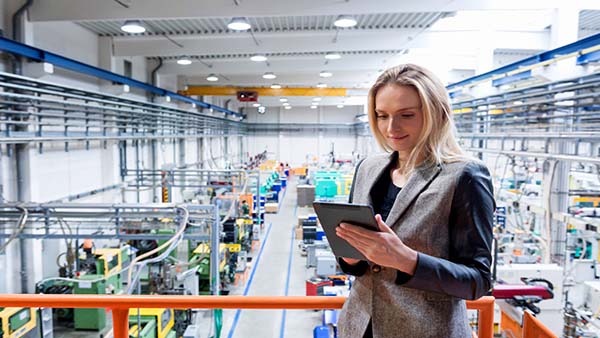- 레드햇, AI 포트폴리오 대규모 업데이트…엔터프라이즈 배포 유연성 확대
- I recommend this cordless stick vacuum over my Dyson - and it's on sale
- I tested a smart cooler and can never go back to toting ice (especially for $100 off)
- This wireless portable speaker delivers amazingly smooth sound with little distortion
- This ultrathin LG laptop is 40% off, and comes with a free 27-inch smart monitor
Automation in Retail

Automation means different things to different people. From marketing automation to network automation, workflow automation to equipment automation, using technology to automate tasks or functions allows retailers to focus on delivering the best customer experiences. It also allows retailers to rely on automation to address permissions for the network or online order fulfillment and notification.
Technology brings capabilities to retailers that help address tasks in more reliable, consistent ways. Using technology to monitor equipment or compare inventory changes with point of sale (POS) data are examples of the kinds of activities technology could better address. They allow store or headquarters staff to focus their time on activities that require human interpretation or intervention. Separating objective tasks, or those with a clear and defined set of conditions and responses, from subjective tasks that require assessment and variable responses, allows retailers to use technology to address those objective functions.
Infrastructure Automation
From provisioning new sites, to creating all the accounts and assignments a new associate needs to perform their daily tasks, many technology infrastructure tasks can be automated. Those tasks need to be consistently and reliably implemented as additions or changes are made to the environment. This intelligent orchestration of tasks reduces the time required and helps eliminate mistakes in the activities retailers need to perform every day.
Task and Workflow Automation
The opportunity for technology to automate higher-function tasks continues to expand for retailers. Automation can be effectively utilized to increase the accuracy of orders, reduce waste, help detect theft and fraud, and improve safety. In the past, integrating systems through an Electronic Data Interchange (EDI) enabled workflow automation between those systems. Now, it is possible to enable automation between systems that are not connected or between technology and people. For example, video analytics can now monitor the activity in dozens or hundreds of video feeds simultaneously and flag suspicious activity for additional review by loss prevention or safety officers.
Artificial Intelligence and Machine Learning
Artificial Intelligence (AI) is the broad effort of creating technology systems that “think” for themselves. Machine Learning (ML) is a subset of AI that involves learning algorithms to develop more intelligent systems. In the video analytics example above, it is possible to “teach” the analytics engine to identify the types of activity that are likely to lead to theft or fraud. Machine Learning will help the video analytics system continually learn to identify potential theft and fraud better over time.
That same capability can ensure workers use the proper safety equipment, ensure orders contain the correct number of items, notify store management if a display or endcap is not plan-o-gram compliant, and more. In the digital commerce world, AI and ML are utilized to identify potentially fraudulent transactions, create personalized recommendations for shoppers, and shift inventory based on predicted orders.
Summary/Conclusion
Opportunities for using automation in retail operations are limitless. As retailers evaluate these opportunities, they need to consider the types of work that can be automated, the possible improvements that can be realized, the capabilities and limitations of technology, and the effort required to implement said automated capabilities. The right balance between what is automated and the activities that stay in the hands of humans will be different for each retailer or even for various parts of a retailer’s operations.
See how Cisco’s portfolio of retail solutions provides the
capabilities retailers need to automate their operations:
Share:

